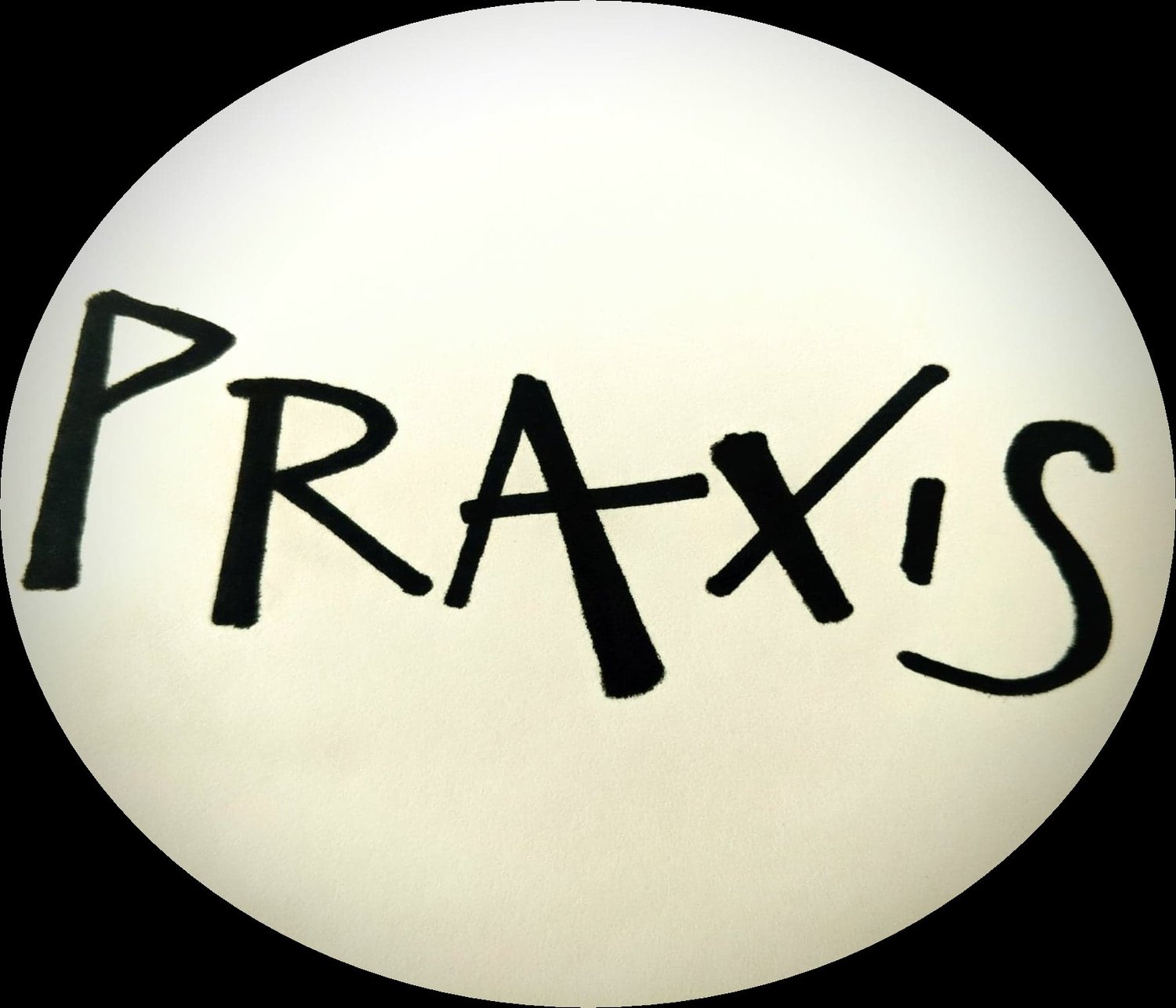
Where to from here?
I’ve been working with developing poets for a while now and I’ve started to notice a pattern
in the ebb and flow of how each new poem is dreamed up, written down and finally edited.
Most people seem to begin with a set of ideas, maybe even obsessions that demand to be
voiced; the same way it’s sometime impossible not to sing. These obsessions could be
related to personal trauma, the desire to understand their own experiences or past, fury,
love, or sometimes just an urge to bottle a moment, preserve it like a photograph.
The problem comes after the words are written, the urge is temporarily sated, and far too
often life just gets in the way. How do you keep that engine going?
For me, I think it’s important to make sure of the difference between prose storytelling and
free form poetry. In prose, once you’ve completed the story, that’s it; the tale is told, the
characters have completed their arcs, and you can shelve the book.
But poetry isn’t like that. Poetry is a constantly evolving thing, alive. A moss garden, or a
sourdough bread starter, whatever metaphor works for you. To that end it needs
maintenance, it needs attention, it needs to be fed.
Go back, again and again.
Poetry is more like painting than prose. An exhibition of paintings will usually be several
pieces exploring the same theme, variations on a figure or a landscape, not a completely
different subject for each one. We should approach a collection poetry in the same way.
Take a subject, any subject that you have visited before in your poetry and write about it
again. Don’t be worried about repeating lines or fighting back over the same ground; this
isn’t programming, changes will happen naturally and organically. You’ll end up with
something similar, but crucially different… a variation on a theme.
Different approaches.
To continue, and possibly overuse, the painting analogy, think of the same picture rendered
in different styles. The first in watercolours, the second in pastels, the third in graphite
pencil etc… You can apply the same process to your older poetry. Once you’ve chosen which
poem you want to revisit, choose a different way to approach the subject matter…
1: Minimalism/stripped down
Let’s say your word count on a previous poem was 90. In returning to the subject matter,
can you do it in half that? Shorten the structure, rip out the connective tissue and surplus
words and render the whole thing down to a lean, mean polished diamond.
2: Rhyming
It’s a beehive in some ways. But in re-approaching an older piece of work, try to introduce
tail rhymes (that is the final word of the line matching in terms of sound and stress syllable)
for example…
Although I have visited this poem before
And it might seem strange to want to repeat
I find myself returning, as though to say more
And quickly realize that it’s never complete
The words on the first- and third-lines rhyme, as do the second and fourth. It’s probably the
easiest and most natural way of creating rhyming poetry and hits the ear well.
3: Full formal structure.
Sonnet, villanelle, sestina, formal haiku (5/7/5 syllable structure). These modes are
immensely challenging and can sound antiquated these days, but in taking them on and
completing a poem, you’ll gain a serious control over words. It’s definitely homework, but
valuable homework.
“How do I publish my poems” is probably the second most asked question in the field of editing and mentoring poetry. Right after “Why would anyone want to read this?”
The reality is that, like anything creative, poetry occupies that strange twilight world between hobby and career. It’s a natural expression of feeling, an ornate and beautiful form of essay, a shout into the void. What it isn’t is a reliable job.
So why publish? Why take something private and deeply felt and expose it to the harsh light of appraisal and potential rejection?
Well, apart from the thrill of seeing one’s own words in print, the obvious reason is creative validation. If something you have written is accepted for publication there’s a strong chance it’s pretty good.
The likelihood of your work being published also hinges on several elements other than its innate quality. There’s also presentation, professionalism and consistency of tone. Poetry benefits enormously from careful, detailed editing and an eye for detail. Spelling, grammar, font, layout are all important, but even more so is that ingrained surety. The clear impression that every word in the piece is working towards the same goal.
Finally, when your poem is the absolute best it can be, it’s time to create your biography and pick your target. Online poetry journal? Traditional print magazine? Or something more visceral… a live slam or open mic?
Your poetry is your story, your bio and pitch is your introduction. Your ‘Once upon a time’ as it were. Keep it relevant, keep it consistent and above all, keep it short.
And that is, at least for now, that. Pitch away and best of luck! Remember to read and explore and research, but above all remember to keep writing
PUBLISHING POETRY
To rhyme or not to rhyme?
It’s a common question… does poetry need to rhyme?
Short answer; nope.
Long answer; nope, absolutely not. It’s no longer 1850 and you don’t need to write in strict verse, ever. BUT if you do, we’ll all be secretly delighted.
It’s difficult, painful to devise and when it doesn’t work properly it’s horribly obvious, but rhyming poetry can be a great joy. A well-constructed rhyming couplet is memorable and immensely enjoyable, casting us back into the mindset of fascinated children, whether the piece is inspirational, melancholic or nightmarish.
If you want to write rhyming poetry, you have to read rhyming poetry: a lot of it.
Of course, that’s true for all forms of writing, but in the case of constructing rhymes that work, the more you can absorb the better.
Read W H Auden, Stevie Smith, E E Cummings and Shakespeare. Listen to The Beatles, Tom Waits, Tupac and Ice Cube. But more than anything, read Dr Seuss.
Seriously, no one rhymes like Dr Seuss. The secret of doing it well is all contained in the verse leading up to the rhyming word (or ‘tail rhyme’ as it’s known). The flow, the rhythm and the little touches are what make that final word so satisfying. And Seuss does it brilliantly.
So do you have to rhyme? Absolutely not. But you should try it sometime… It can be worth it.
Just make sure to get a thesaurus.



